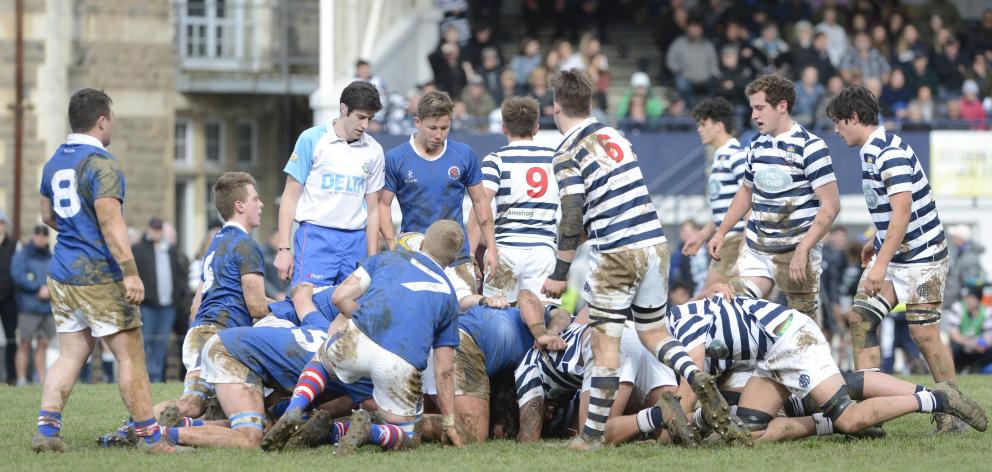
The forwards win the ball to give to the backs to score tries.
Simple enough, one would think.
But an ugly blight is creeping into the 15-man game.
No-one would pay good money to watch people stand around. You would not watch a queue at a bus stop but that is what we are being asked to do at a rugby match these days.
Australian rugby statistician Ian Smith has carried out an in-depth look into the way the game is played, drawing evidence from the first World Cup in Australia and New Zealand in 1987 through to last year’s edition in Japan.
There are some interesting statistics but one shines through — the massive increase in time-off periods when players stand around to get ready to play.
The ball is in play longer than it used to be. That is clear. But there is much more standing around and waiting.
At the 1991 World Cup there was just under three minutes of time-off periods in each game.
At last year’s event it was more than 14 minutes.
The number of scrums has gone from 30 in 1987 to under 12 last year. But strangely the total stoppage time for scrums has remained the same.
This is because players take so long to get ready for a scrum — about 45 seconds for players to prepare. Stand around and get in order, get the bind and then match up.
At last year’s tournament, just two-thirds of scrums were completed; 46 of the 94 scrums — or 49% — in the knockout games were preceded by a time-off period of more than a minute. Throw that in with the average scrum time and it took more than two minutes for every scrum.
Scrum time still makes up for 18% of game time. So nearly a fifth of the game is made up of scrums.
These time-off periods have become a blight on the game. Players seek time off for no other reason than to have a rest, have a drink, get some advice from a coach, or talk to a team-mate.
As there are fewer set pieces, players do not get time to rest as often. So that is bringing in more stops in play which go away from what rugby is — a continuity game and a contest for possession.
Time-off periods have exploded — they rose by more than four minutes per game from 2015 to 2019 and show no sign of easing off. Substitutions are used as tactics to slow games down.
Players take an age to form a lineout. Everyone walks to the set piece now.
The time taken to assemble for a scrum has gone from nine seconds to 41 seconds.
The game is still a great watch at times.
But the waiting is becoming more regular than free-flowing enterprise. In the quarterfinal between Japan and the Springboks last year , the combination of inactivity for scrums and lineouts was more than 30 minutes.
The calling of the time-off period by the referee is often caused by players and coaches wanting to shape the game.
Scrums used to be have to be carried out in a quick, safe and fairly manner. Quickly has since been dropped from the law book. It appears to not be coming back any time soon.









